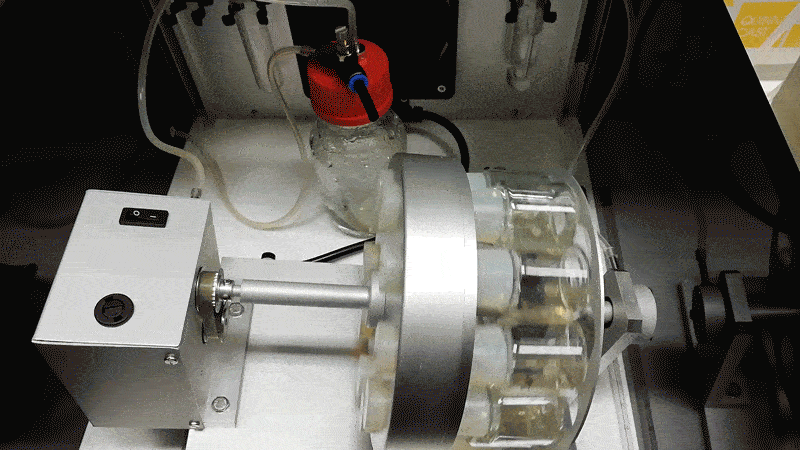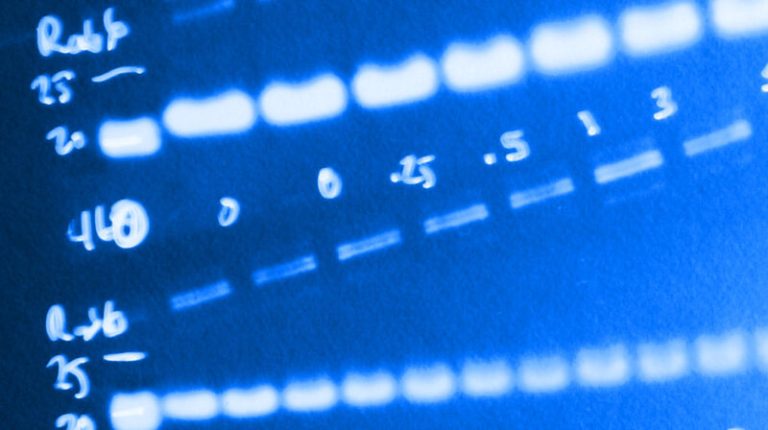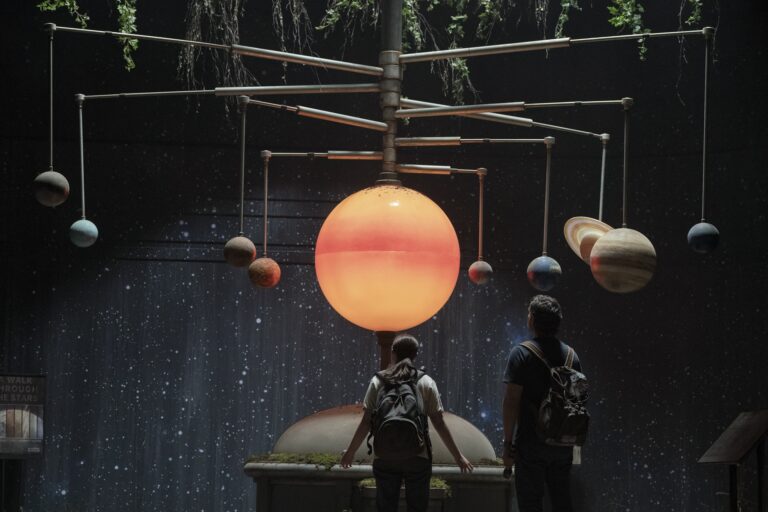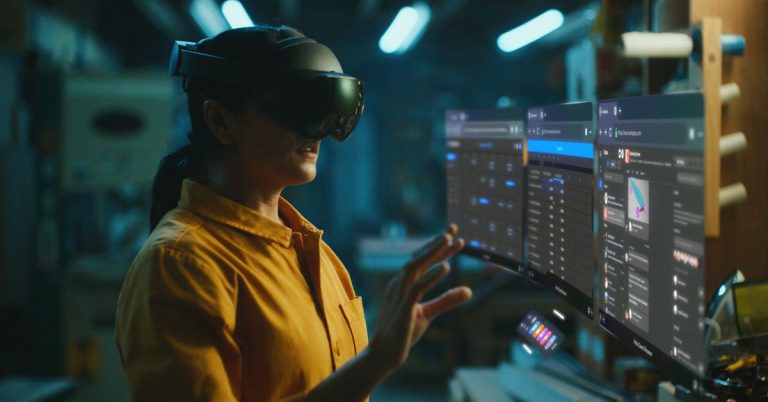The mouse-in-a-jar technology needs other improvements, too, Hanna says. He was not able to grow the mice starting from a fertilized egg all the way to day 12. Instead, he collected 5-day-old embryos from pregnant mice and moved them into the incubator system, where they lived another week.
The issue is that currently, the mouse embryos develop correctly only if they can be attached to an actual mouse uterus, at least for a brief time. Hanna’s team is working on adapting the procedure so they can develop the mice entirely in vitro.
Hanna says he’s not interested in bringing mice to term inside the lab. His goal is to watch and manipulate early development. “I want to see how the program unfolds,” he says. “I have plenty to study.”
Banned?
Long-term studies of live human embryos developing in the lab are currently banned under the so-called 14-day rule, a guideline (and a law in some countries) according to which embryologists have been forbidden to grow human embryos more than two weeks.
However, a key scientific organization, the International Society for Stem Cell Research, or ISSCR, has plans to recommend rescinding the prohibition and allowing some embryos to grow for longer.
Hanna says that means he could grow human embryos in his incubator—so long as Israeli ethics boards sign off, something he thinks they would do.
“Once the guidelines are updated, I can apply, and it will be approved. It’s a very important experiment,” says Hanna. “We need to see human embryos gastrulate and form organs and start perturbing it. The benefit of growing human embryos to week three, week four, week five is invaluable. I think those experiments should at least be considered. If we can get to an advanced human embryo, we can learn so much.”

Hanna says to make such experiments more acceptable, human embryos could be altered to limit their potential to develop fully. One possibility would be to install genetic mutations in a calcium channel so as to prevent the heart from ever beating.
I asked Hanna if he had sought the advice of ethicists or religious figures. He said he has not. Instead, he is awaiting the advice of his professional body and ethics clearance from his university.
“The ISSCR is my rabbi,” he says.
There may be unexpected practical applications of growing human embryos in jars. William Hurlbut, a doctor and bioethicist at Stanford University, says the system suggests to him a way to obtain primitive organs, like liver or pancreas cells, from first-trimester human embryos, which could then be grown further and used in transplant medicine. Hanna agrees this is a potential direction for the technology.
“The scientific frontier is moving from molecules and test tubes to living organisms,” says Hurlbut. “I don’t think that organ harvesting is so far-fetched. It could eventually get there. But it’s very fraught, because one person’s boundary is not another person’s boundary.”








